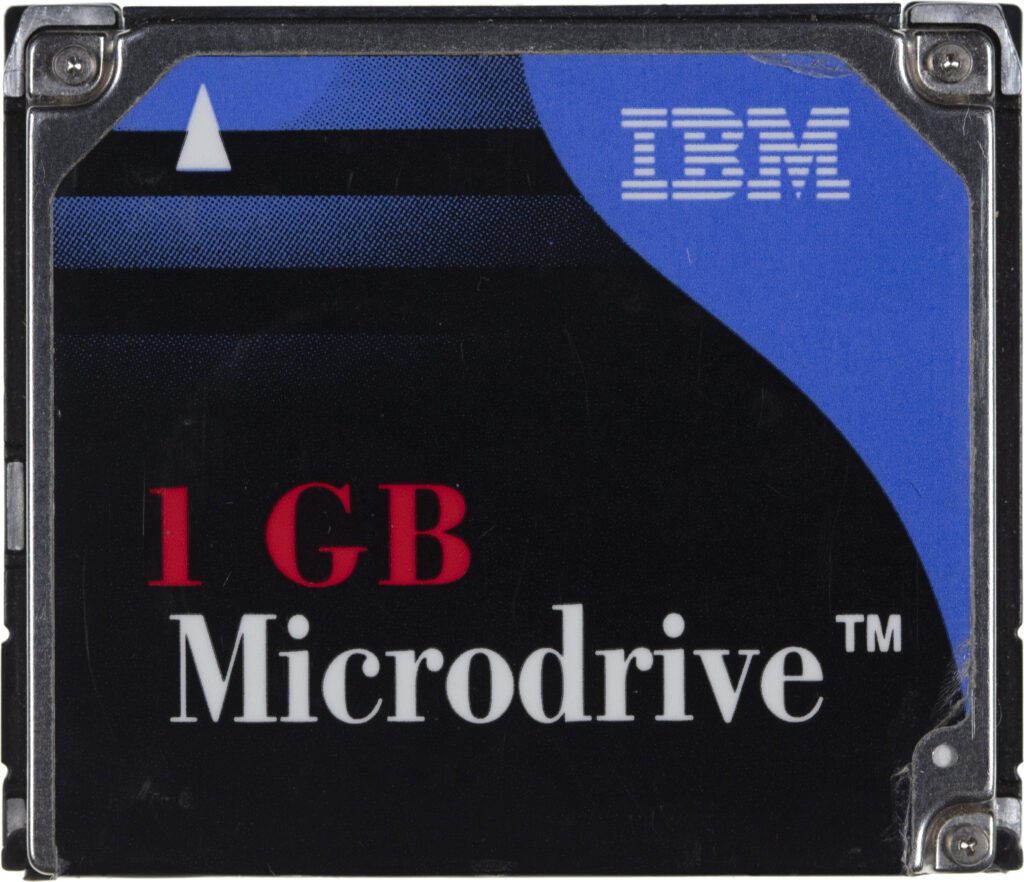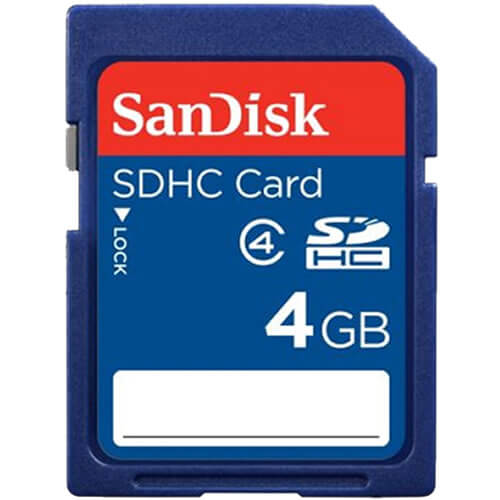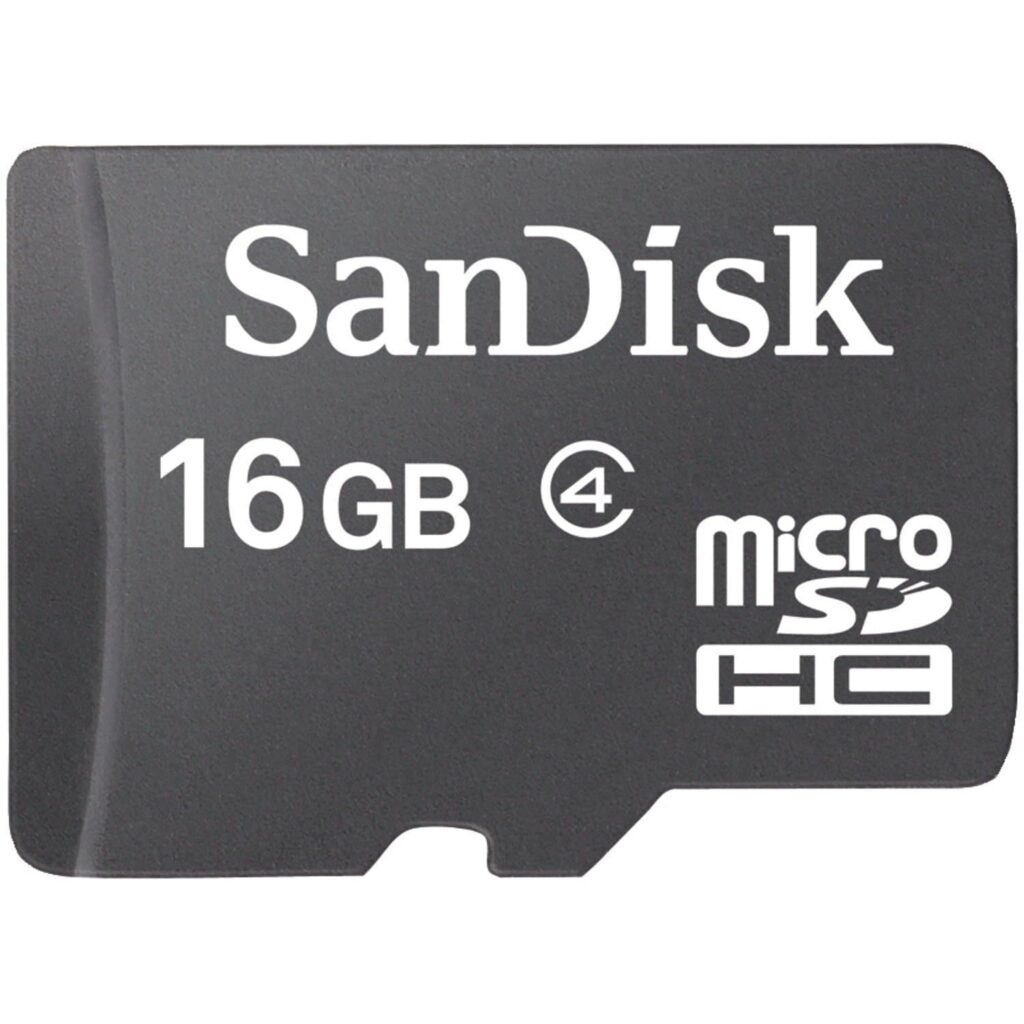Memory Card Handling Tips
Memory formats such as SD and compact flash cards are the modern equivalent of photographic film. It’s how we capture our memories and it’s essential to handle them with care so that the photos we capture are safe today, tomorrow, and for generations to come. I’ve taught many photography classes and I’m surprised by how carelessly people handle their memory cards. Here are my top tips for handling memory cards safely to protect your memories and your equipment:
Use more than one card.
If you only have one memory card and it becomes corrupt, fails, or is lost, then you lose your photos and the ability to take more photos. For a nominal cost, I suggest purchasing at least two memory cards for your camera and keeping them in your camera bag.
Label your cards.
Memory cards keep getting larger in capacity and smaller in physical size, but that makes them easier to lose. Label your memory cards with your name, cell phone number, and a sequence number (1, 2, 3, etc.) so they can be returned if found by strangers and you can tell the difference between similar cards.
Format cards with your camera.
There are many ways to delete photos or format a card, but most people do it wrong. Instead of deleting photos from a memory card or formatting a card with your computer, you should always format your memory card with the camera you’re going to shoot with. This ensures compatibility with your camera and improves reliability of your memory card.
Don’t fill your card.
Even though your memory card has a capacity of a certain number of gigabytes, you shouldn’t keep shooting until the card is full. If you keep shooting when a memory card is very full you might notice that the image recording speed is slower and cards can be more prone to corruption. When your memory card gets to about 90% capacity, I suggest letting your camera record the last images and swapping it for a fresh card. See Tips #1-2 above.
Don’t delete in camera.
If you do fill up your memory card, in can be tempting to delete a few bad shots in camera to make room for a few more new photos. Deleting in camera like this can lead to corruption of your memory card and the loss of some or all of the photos on the card. Instead of risking all the photos on your memory card, I suggest keeping a spare memory card with you at all times.
Don’t leave your card in your camera.
When I shot weddings it seemed like I always had an errand to run on the way home from the reception. Whether I was stopping to grab a bite to eat or deposit a check at the bank, I would always remove my memory cards from my cameras and keep them on my body in a secure pocket. I had just shot hundreds of photos of a once-in-a-lifetime event that couldn’t be replaced, so my highest priority was keeping those memory cards safe. If my camera gear was stolen it could be replaced by insurance money, but the memory cards were irreplaceable.
Use a card reader.
Most digital cameras have an option to download photos from your camera to your computer via a USB cable. Unfortunately, this drains your battery and frequent use of the ports puts your entire camera at risk if the port is damaged. Instead, purchase a reliable USB card reader to download your photos, preserve your batteries, and protect your camera.
Download and backup your photos.
Whether you shoot weddings as a professional or your family vacations as a parent, your first priority should be to download and backup your photos as soon as possible. After you know your photos are safe and backed up, make sure to format your memory card before your next shoot (See Tip #3).
Keep them clean.
Popular memory card formats including SD, MicroSD, and CompactFlash cards are durable, but not indestructible. Keep them away from water, dust, and dirt so that the small contacts and pin holes don’t get damaged or clogged.
Store them in a wallet:
If you follow my advice to use multiple memory cards and label them clearly, then you’ll also need a way to store them safely. My favorite options include one for SD cards and one for MicroSD cards.
If you follow these tips your memory cards will be faster and more reliable and your photos will be safer and easier to organize.



Interested in working with Chaos to Memories?
If you’re near Chicago and ready to get started, come visit our Wheaton Studio Monday – Friday, 10-5. Please bring your memories with you.
Contact us for more information, shipping instructions, and to get started on your project.

